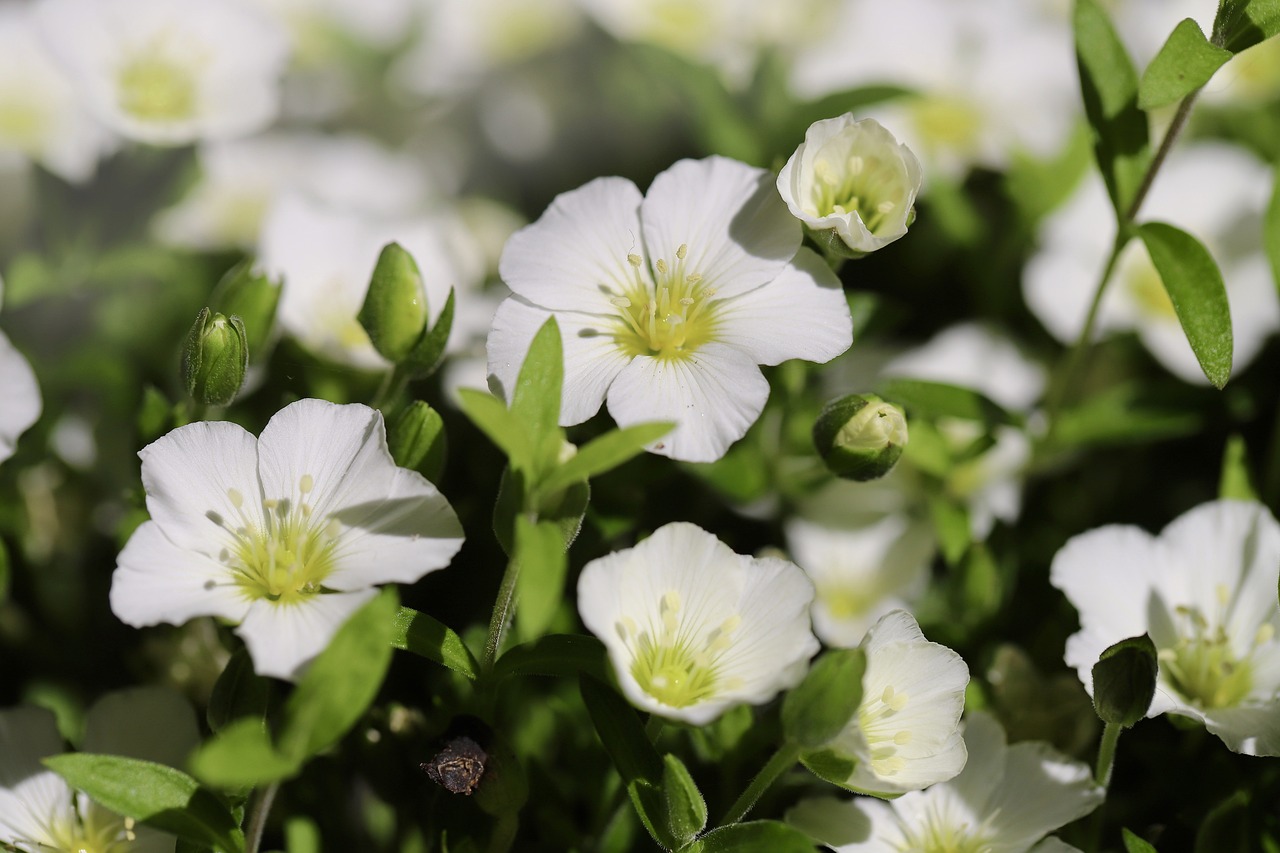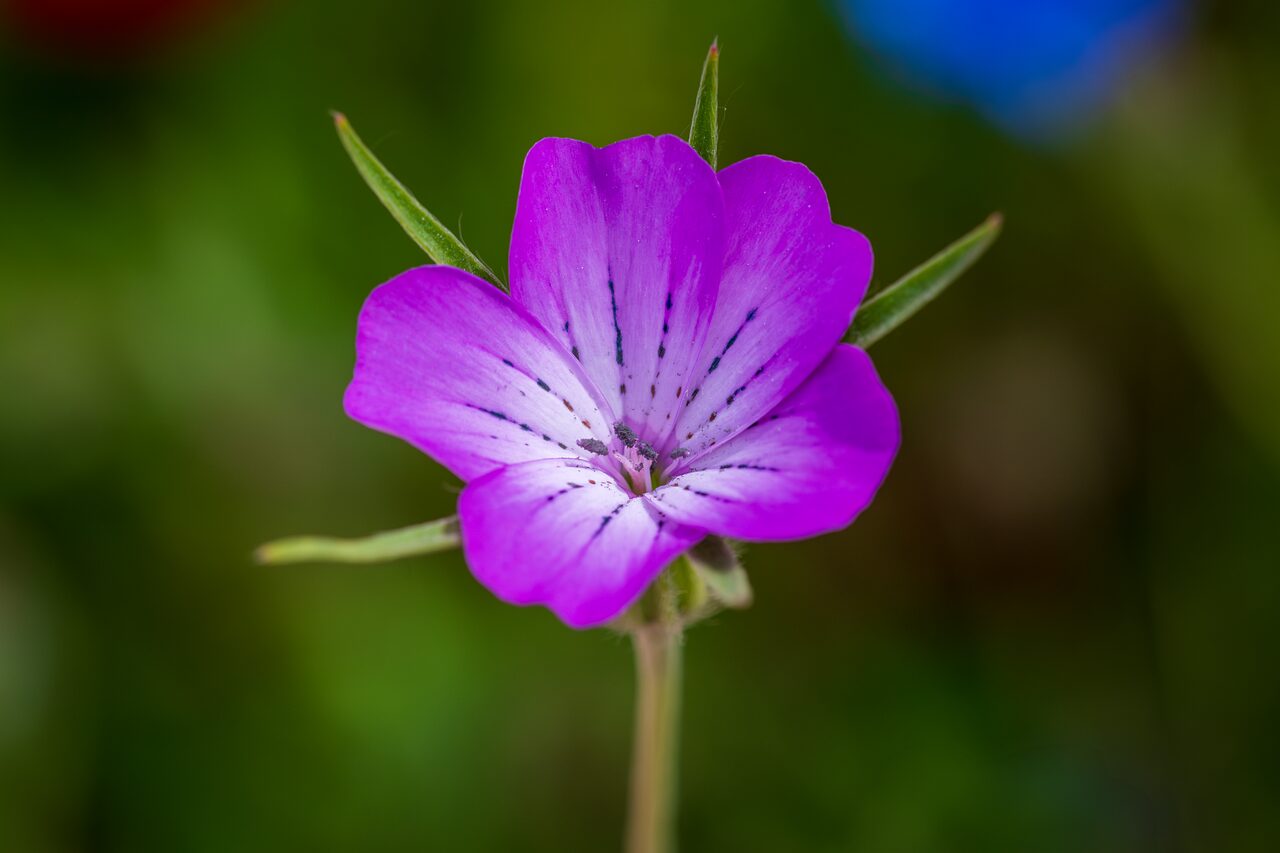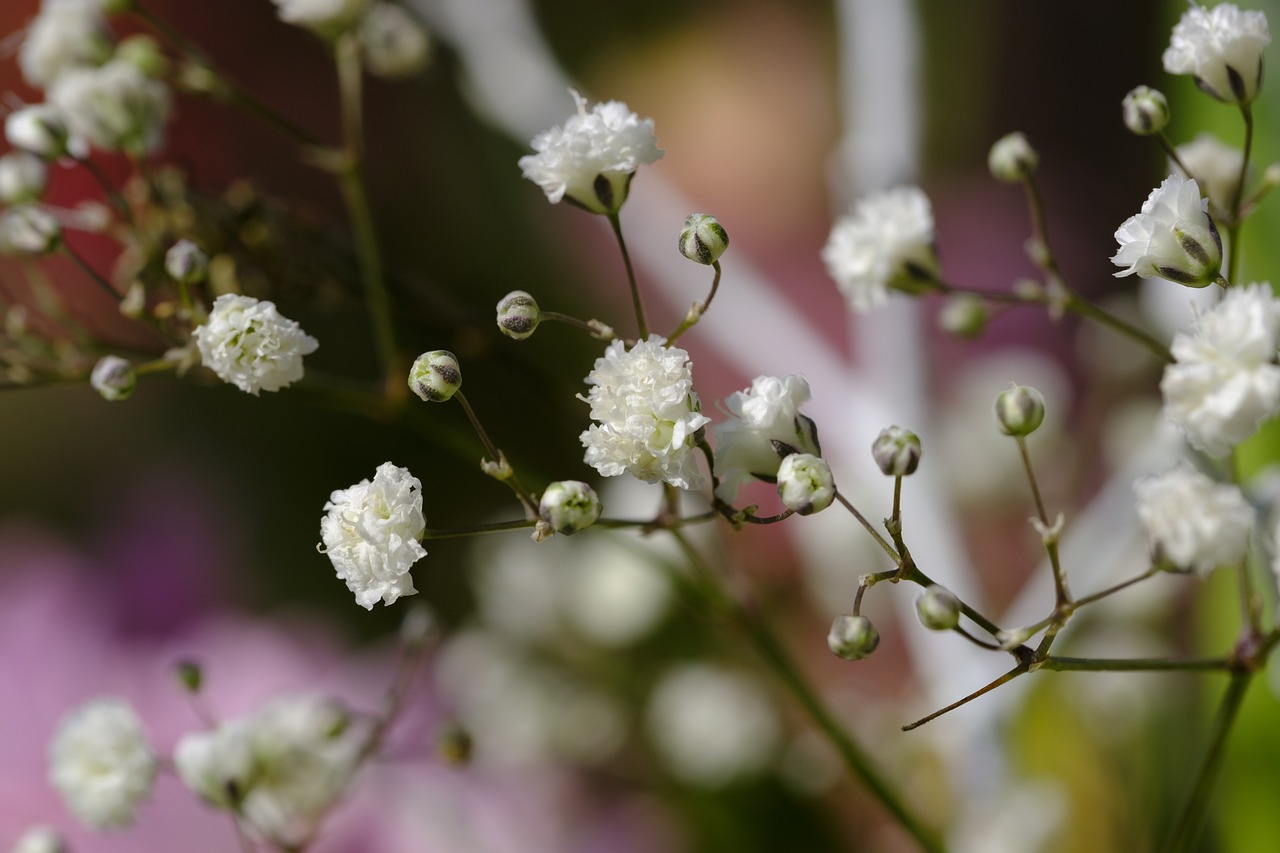Carnation | A Flower of Blessing and Gratitude
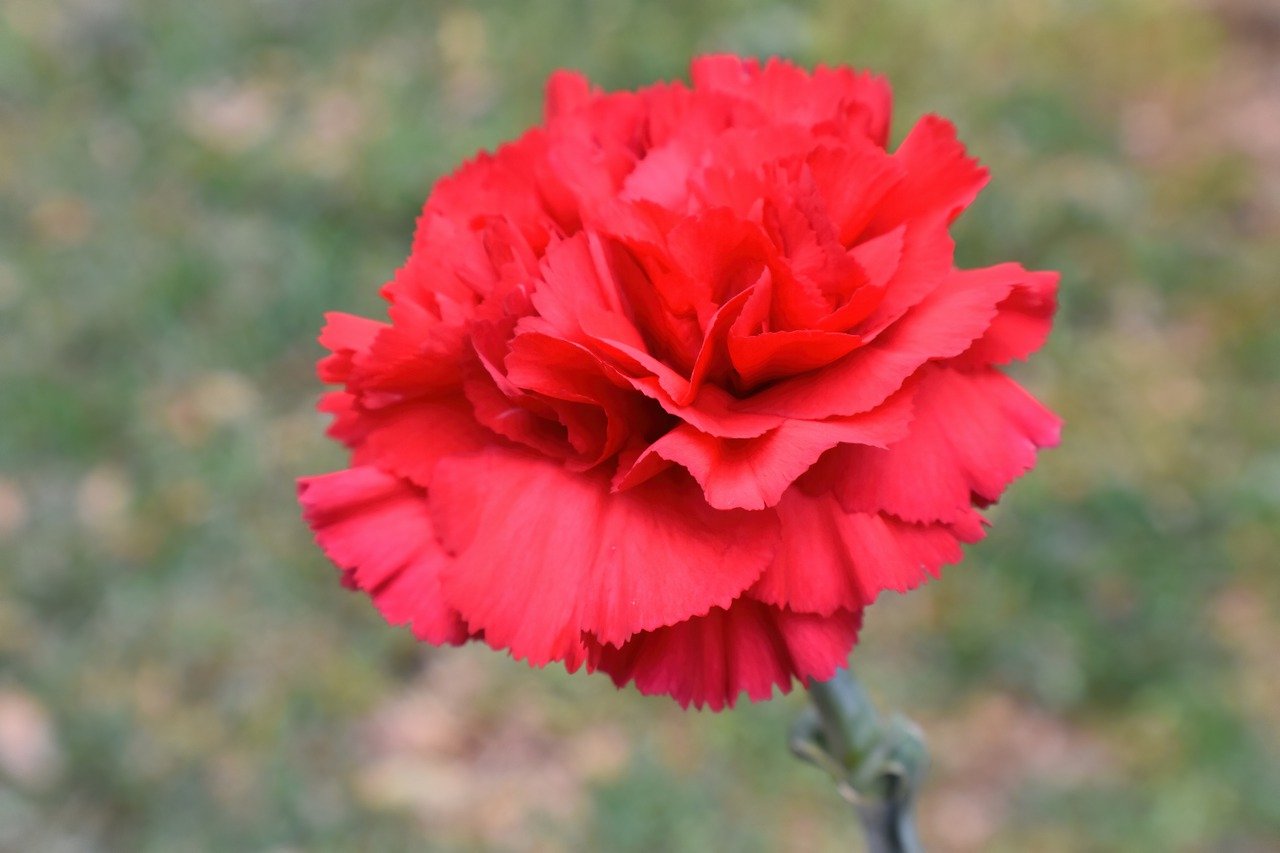
The carnation is widely known as the symbol of Mother’s Day and is cherished worldwide as a flower that expresses love and gratitude. Its vibrant appearance and rich variety of colors make it attractive and versatile, frequently used for gifts and decorations.
In this article, I will introduce the essential information about carnations, their cultural background, and practical tips for growing them.
Basic Information
- Scientific Name: Dianthus caryophyllus
- Family: Caryophyllaceae
- Origin: Mediterranean region
- Appearance: Carnations are characterized by their frilled petals and come in a wide range of colors, including red, pink, white, yellow, and orange. They typically grow to a height of 20–80 cm and can be enjoyed both as cut flowers and potted plants.
- Blooming Season: Generally from spring to early summer (April to June), though in warmer climates they may continue blooming into autumn.
Cultural Significance Around the World
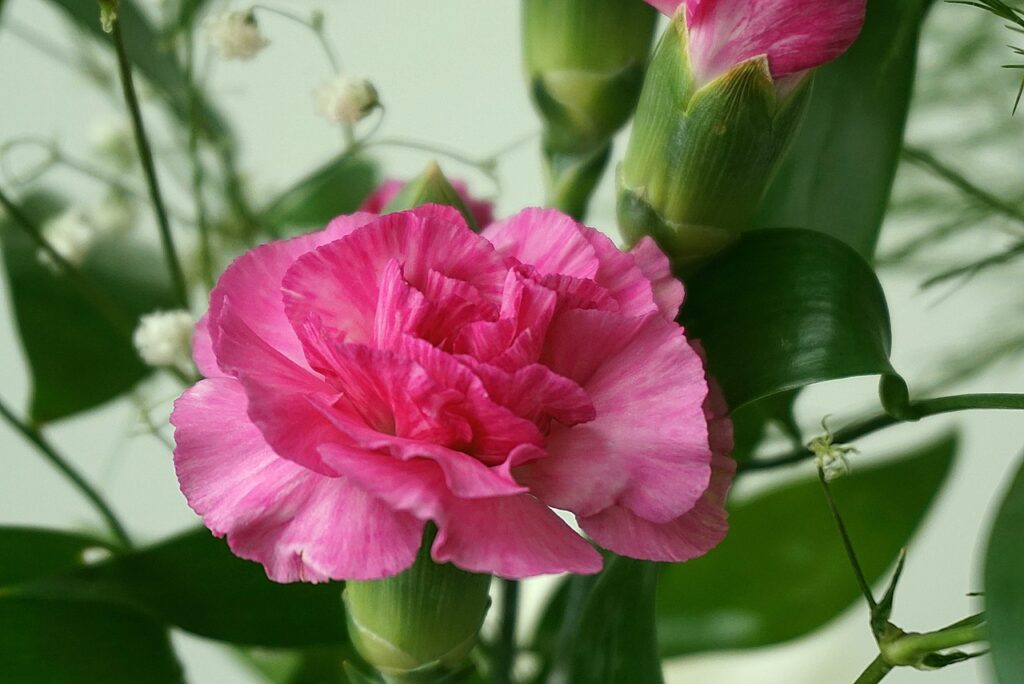
Carnations are known as the symbol of Mother’s Day. In the United States, they became widely recognized as “the flower of Mother’s Day” in the early 1900s.
Red carnations symbolize love and gratitude toward one’s mother, while white carnations are offered in remembrance of a deceased mother.
In Japan, carnations also carry the meanings of “love” and “gratitude,” and they remain a traditional gift for Mother’s Day.
In Europe, carnations sometimes hold religious significance, often decorating Christian churches as symbols of faith and sacrifice.e Christian churches and are considered symbols of faith and sacrifice.
Historical Background
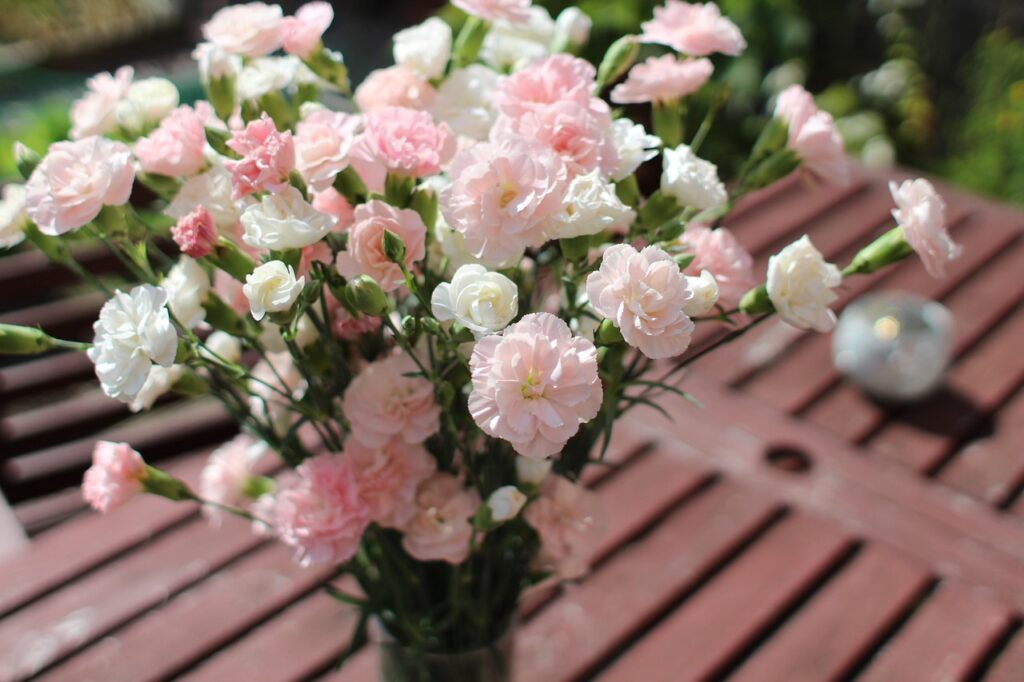
The name “carnation” derives from the Greek words dios (god) and anthos (flower), thus meaning “the flower of God.” In ancient Greece and Rome, carnations were used in crowns and played an important role in festivals and ceremonies.
By the 16th century, they were cultivated as ornamental plants in Europe, where selective breeding produced the wide variety of colors and forms we enjoy today.
Later, in the United States, Anna Jarvis promoted white carnations to honor her late mother, which led to their association with Mother’s Day.
Gardening Advice
Carnations prefer sunny locations, ideally with more than six hours of direct sunlight each day. They thrive in dry conditions, so watering should be moderate—only after the soil surface has dried.
Good air circulation is important to prevent pests and diseases, and a light breeze helps keep the plants healthy.
Well-drained soil is essential, and when growing in pots, mixing in pumice or similar material improves drainage. Fertilizer should be applied about once a month during the growing season, with phosphate-rich fertilizer encouraging abundant flowering.
Removing spent blooms promotes new growth and extends the flowering period. Since carnations are somewhat sensitive to cold, I recommend moving them indoors or taking protective measures during winter.
Conclusion
As symbols of love and gratitude, carnations are beloved in homes and as gifts. They are relatively easy to grow, and with proper care and environment, they can be enjoyed for a long time.
I encourage you to grow carnations and offer a heartfelt bloom to someone special.


